Exit Strategies Advises RST in Strategic Sale to Subsite Electronics
Exit Strategies Group, Inc. (ESGI) is pleased to announce the acquisition of its client, robotic inspection equipment manufacturer RS Technical Services, Inc. (RST), by Subsite Electronics, a Charles Machine Works company. Exit Strategies served as exclusive M&A advisor to RST.
Acquired by:
Since 1984, R.S. Technical Services, Inc. (rstechserv.com) has been a leader in the design and manufacture of robotic video inspection equipment used to monitor and repair municipal water and wastewater collection and conveyance systems, mainly pipelines too small to allow man entry. Its systems are designed around a unique technology that incorporates all power and control functions into a single conductor, making its equipment more reliable and safer to use than competing solutions. RST has facilities in Kentucky and California.
Subsite Electronics (subsite.com), a Charles Machine Works company, manufacturers utility locators and horizontal directional drilling (HDD) guidance systems. The RST acquisition adds proven remote video inspection capabilities to Subsite’s line of underground awareness solutions. Employee-owned Charles Machine Works, founded in 1902 in Perry, Oklahoma, has several brands and divisions, and is perhaps best known for its Ditch Witch brand of HDD and trenching equipment. For more information visit charlesmachine.works.
Al Statz, President of Exit Strategies, who led the transaction, stated “We are proud to have represented the owners of RST in this successful sale to Subsite. Our team identified, profiled and had preliminary talks with over 100 target buyers, both strategic and private equity, and qualified 6 finalists. Subsite was selected not only on economic terms, but also because they demonstrated a strong culture of customer care, innovation, integrity and commitment to employees that was important our clients.”
For advice and representation in the valuation, sale, merger or acquisition of your company, contact Al Statz at 707-781-8580 for a free confidential consultation. Financial terms of the RST-Subsite transaction will not be disclosed.
About Exit Strategies
Exit Strategies Group, Inc. (ESGI) is a California-based M&A brokerage and business valuation firm focused on producing exceptional exits for closely-held and family owned lower middle-market companies. ESGI brings M&A experience, process management and close attention to detail to help companies sell, merge, recapitalize and acquire businesses successfully. Our advisors have sold companies in a variety of industries including sophisticated technology design, manufacturing, distribution and value-added services.

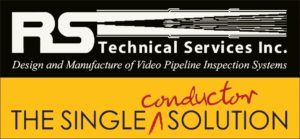

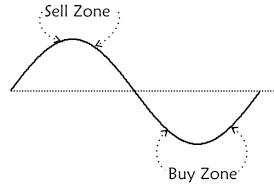 Timing is everything. Almost everyone is familiar with the world’s greatest tip to stock investors, “buy low, sell high.” These simple words of wisdom are equally useful to private business owners; however, sage advice is not always easy to follow in the same moment you’re reaping the benefits of high profitability.
Timing is everything. Almost everyone is familiar with the world’s greatest tip to stock investors, “buy low, sell high.” These simple words of wisdom are equally useful to private business owners; however, sage advice is not always easy to follow in the same moment you’re reaping the benefits of high profitability.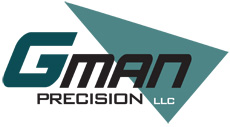

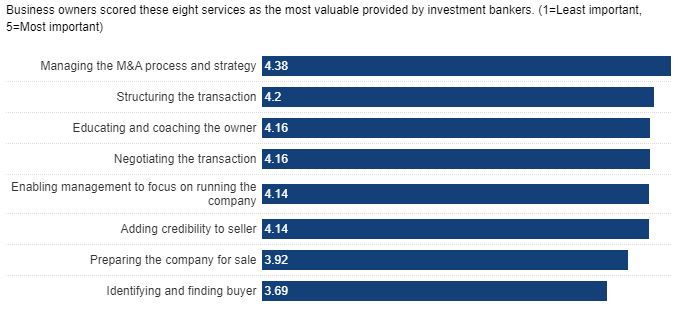
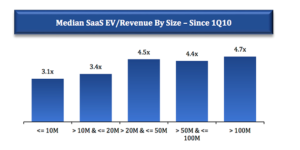
 With continuing growth in consumer online spending and many high-profile public acquisitions this year, it seems like a great time to sell your online retail business. But things are never quite as simple as they appear.
With continuing growth in consumer online spending and many high-profile public acquisitions this year, it seems like a great time to sell your online retail business. But things are never quite as simple as they appear.

